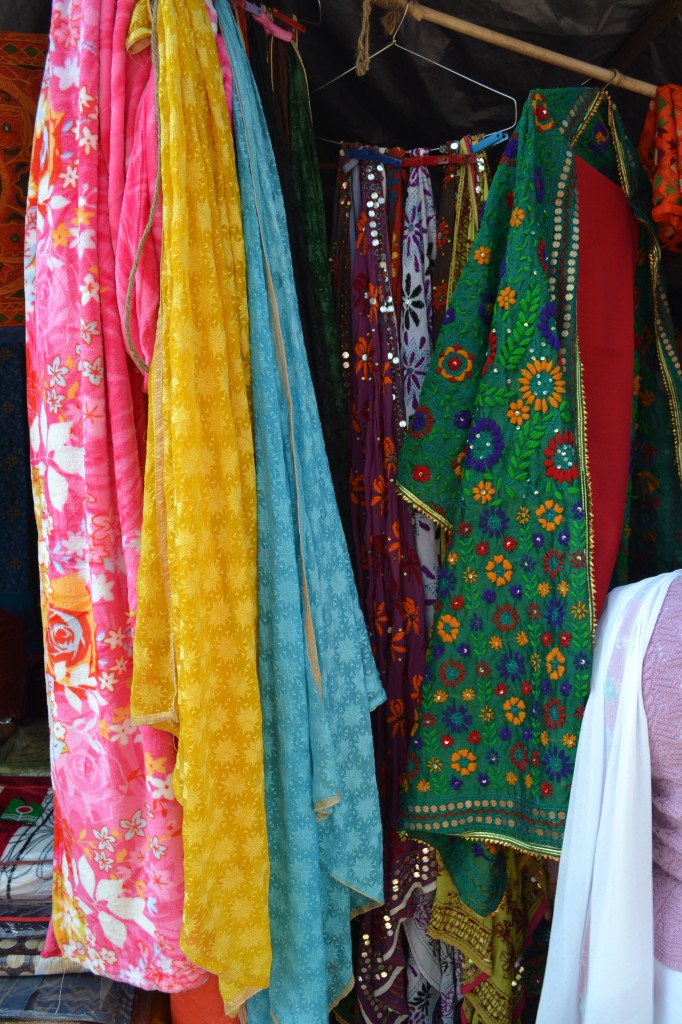Phulkari is brought to the Indian Subcontinent by the migrant Jat people of Central Asia in ancient times. Techniques and patterns were not documented but transmitted by word of mouth. The tradition was associated with the Sikh heritage but was also shared with Hindus & Muslims. It has it’s origins in the famous love story of Heer & Ranjha (a love tale) by Waris Shah. It’s a present form and popularity goes back to 15th century. The embroideries were a mere reflection of a woman’s life and every woman had her way of representing.
In the days gone by, it was an art that offered complete freedom of creativity. Motifs used were an adroit representation of the dear and sundry values of Punjab. Since it was essentially a communal activity, colors and shades were somewhat run-of-the-mill, however, the fact that most of the women were experts in Phulkari would even make mediocre look exquisite. Back in the days, it was a reflection of routine and regular life of a typical Punjabi woman. She embroidered on a cotton cloth a tale of her tryst with the gardens.
The Comeback of Phulkari
The embroidery took a backseat with the division of India and Pakistan. However, it soon sprang back up like an evergreen style statement. Even though there is an inimitable demand for Phulkari work till date, there are limited credible sources left from where one can purchase a hand-woven Phulkari fabric. With commercialization of the needlework, quicker methods of production were devised.
Sources of Inspiration
Thread by thread, each motif was created in a geometric grid, which was a peculiar technique for coming up with a curvilinear final output. Long and short darn stitch was put to clever use for creating horizontal, vertical and diagonal thread work, inspired by routine of the artists, flowers, and animals.
Faces Behind The Fabric
It was never made for commercialization. Fabricated for familial customary obligations, Phulkari became famous mainly by word of mouth. For the people of Punjab, Phulkari is not just a style of embroidery. For them it is a traditional family culture, a pious ceremony that begins with the birth of the male child. The grandmother of the baby boy weaves a fabric of love, spinning dreams of his wedded future with a beautiful bride to whom the Phulkari will belong eventually.
There is little common between how Phulkari work was done in the past and how it is done now. Having completed the household chores, women of the conventional Punjab got together for friendly gossip and long hours of undisturbed weaving. On a coarse cloth of homespun khaddar the ladies embroider vivid patterns from the darn stitch. They took cue from anything around them, be it the scenic beauty of their homeland, the natural surroundings or a lively dialogue between a mother and child.





